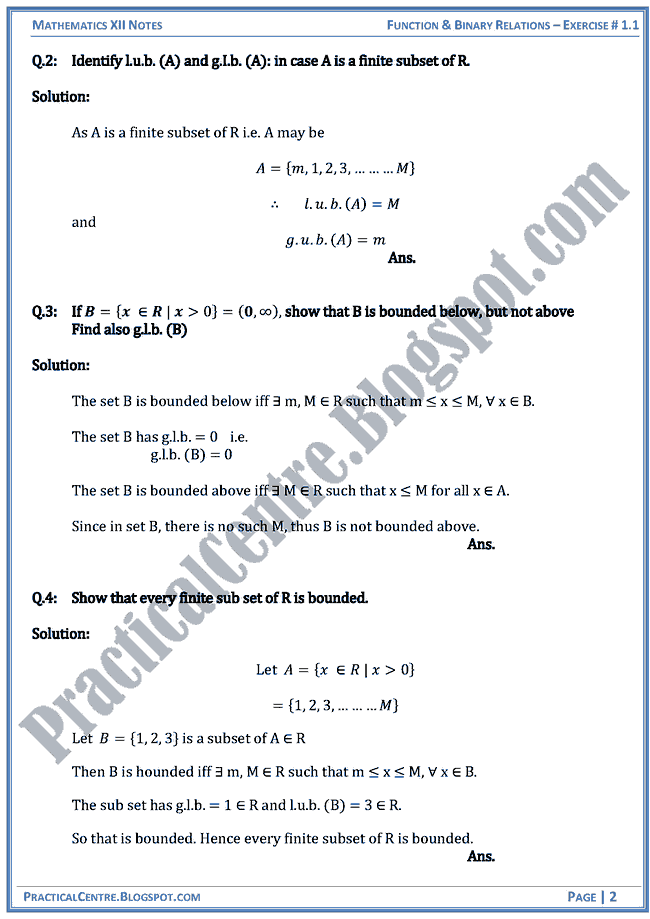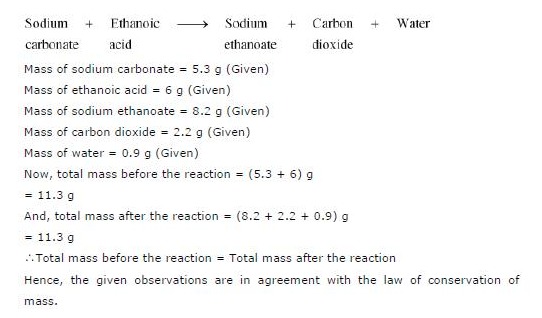9th Class Chemistry Solved Exercises Chapter 3
Vedantu.com - No.1 online tutoring company in India provides you the Free PDF download of NCERT Solutions for Class 9 Science (Chemistry) Chapter 3 - Atoms and Molecules solved by Expert Teachers as per NCERT (CBSE) Book guidelines. All Chapter 3 - Atoms and Molecules Exercise Questions with Solutions to help you to revise complete Syllabus and Score More marks. Register for our free webinar class with best Science tutor in India.You can also Download to help you to revise complete Syllabus and score more marks in your examinations. Chapter 3 Atoms and Molecules of Unit I Matter-Its Nature and Behaviour, NCERT Grade 9 depicts about the ideas of divisibility of matter. The solutions provided for different exercises in this chapter will provide the learner a further overview of Atoms and Molecules. The simple and comprehensible solutions will help the learners to understand the theoretical and practical aspects of topics such as laws of chemical combination including law of conservation of mass, law of constant proportions.The step by step explanations of different topics such as What is an Atom? Including what are the modern day symbols of atoms of different elements?
Atomic mass, how do atoms exist? Will further help the students to understand some more interesting facts about atoms.
Are you looking for the notes of chemistry 9th class chapter 3 Periodic Table & Periodicity of Properties? Here are the Matric 9th Chemistry Notes Chapter 3 Periodic Table & Periodicity of Properties - MCQs,Questions and Practicals.
The solutions provided for these topics will help the learners to understand fast about these topics. Similarly, as one proceeds further through chapter 3 Atoms and Molecules, an important topic called what is a molecule? Including molecules of elements, molecules of compounds, what is an ion?
Will be taught. These topics have been taught with the help of detailed tables and activities.

9th Grade Chemistry Test
The solutions given for the questions asked for this topic will make the learner understand more about molecules.Moving ahead, topics such as writing chemical formulae, formulae of simple compounds would be learnt.
Chapter 3 Notes Chemistry 1st Year “Gases” Index:. States of Matter. Gas Laws. General Gas Equation. Avogadro’s Law. Dalton’s Law of Partial Pressures. Diffusion And Effusion.
Lirik lagu kidung jemaat tercurah darah tuhanku. PADAN NA IMBARU.

Kinetic Molecular Theory of Gases. Kinetic Interpretation of Temperature. Liquefaction of Gases. Non-Ideal Behavior of Gases. Plasma StateKey Points:. The behavior of gas is described through 4 variables i.e.
Pressure, volume, temperature and its number of moles. The relationships b/w gas variables are know as the simple gas laws. Boyle’s law relates pressure of a gas with its volume, while Charles’s law relates gas volume with temperature. Avogadro’s law is concerned with volume and amount of gas. By combining the above mentioned three laws, a more general equation about the behavior of gas is obtained PV=nRT. This equation can be solved for any one of the variables when values of others are known.
Dalton’s law of partial pressure can be used to calculate the partial pressure of gases. The process of diffusion and effusion are best understood by Graham’s law of diffusion. Kinetic molecular theory of gases provides a theoretical basis for various gas laws. With the help of this theory a relationship is established b/w average molecular kinetic enegrgy and kelvin temperature. The real gases show ideal behavior under specific conditions. They become non-ideal at high pressure and low temperature. Gases can be liquified applying sufficient pressure but temperature should either be critical one or below it.
To calculate the pressure of volume of a real gas under the non-ideal conditions, alternative kinetic equation has been developed. This is known as the van der Waal’s equation. The plasma, a forth state of mater, consist of neutral particles, positive ions and negative electron, 99% of the known universe is in the plasma state.